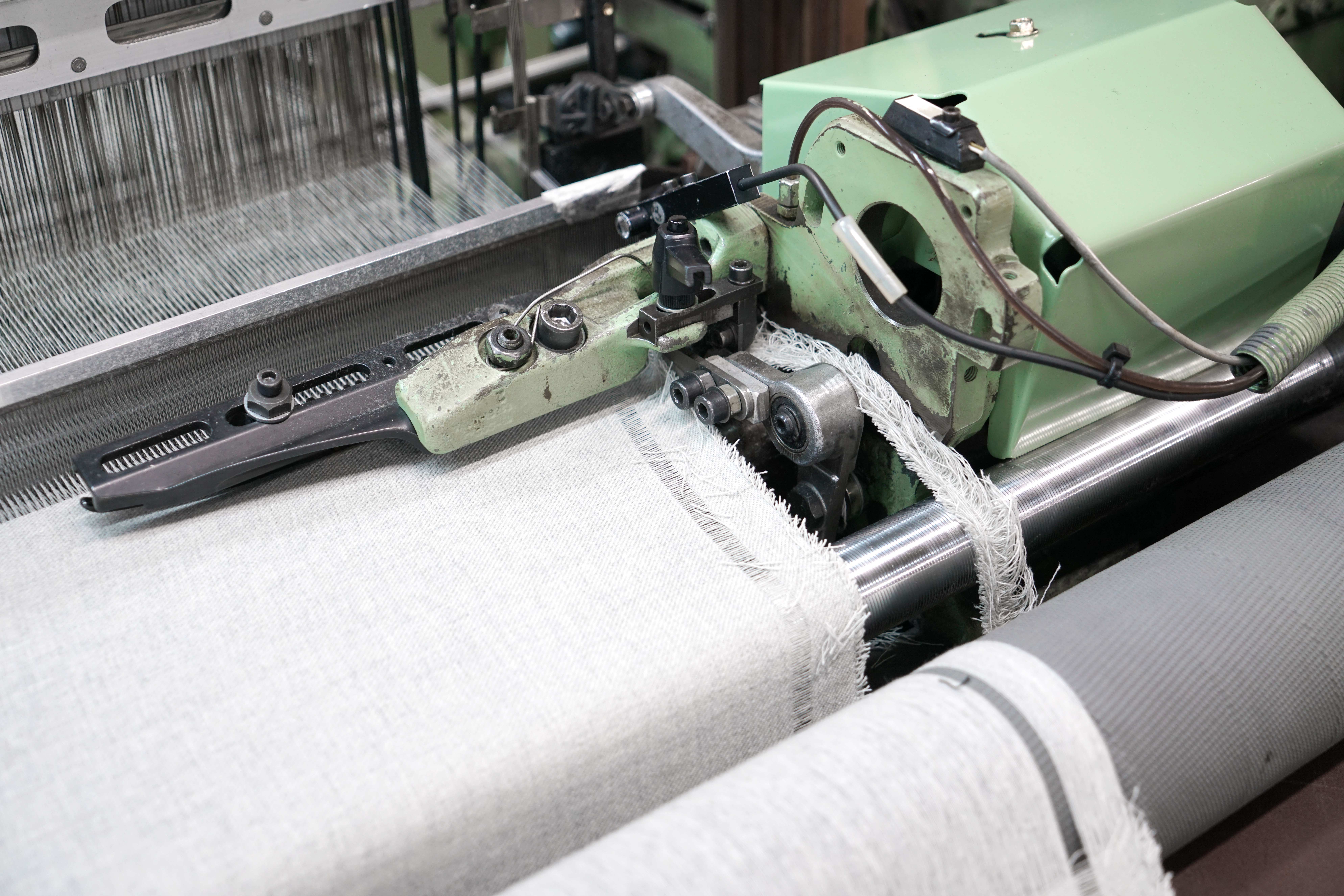CUTTING
EDGE
The weaving of fabric inherently creates tons of blended surplus called selvedges or loom tapes during the industrial weaving process. Used to secure both edges of the main fabric, the selvedges are trimmed on the loom directly. When recycling is not an option, Cutting-Edge offers an alternative for material re-generation to avoid incineration of valuable materials (merino wool, cashmere, silk).
This body of work investigates opportunities to repurpose waste selvedges from the Scottish woven industry. The making process explores protocols designed to select and generate evolving combinations of colors and textures using the waste available.
This research investigates scaling-up perspectives for sustainable selvedge management and recovery process. Considering every aspects of the production, she developed a bio-based ruber binder as an alternative to petroleum-based glue commonly used in the carpet industry. Her approach explores the design of tools and rethought processes for a resourceful local re-manufacturing.
Network around the project







-
This research investigates scaling-up perspectives for sustainable selvedge management and recovery process. Considering every aspects of the production, she developed a bio-based rubber binder as an alternative to petroleum-based glue commonly used in the carpet industry. Her approach explores the design of tools and rethought processes for a resourceful local re-manufacturing. Using design strategies to produce regenerative textiles that seek to restore balance.
This research investigates scaling-up perspectives for sustainable selvedge management and recovery process. Considering every aspects of the production, she developed a bio-based rubber binder as an alternative to petroleum-based glue commonly used in the carpet industry. Her approach explores the design of tools and rethought processes for a resourceful local re-manufacturing. Using design strategies to produce regenerative textiles that seek to restore balance.



